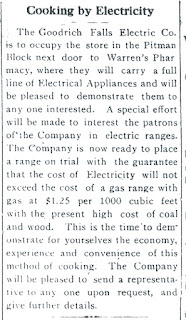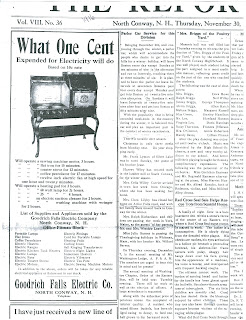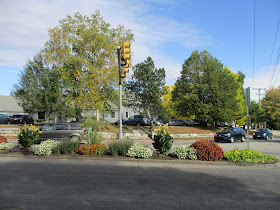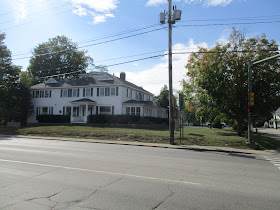Do you know what the red flower stands for?
This Friday many of us will get the day off from school or work. For some, it will be an opportunity to sleep in late. Others might use it for holiday shopping or to get the house ready for winter. There will be colorful sale ads for cars, appliances and furniture. Some places might offer a discount for veterans. How many of us will really stop to think about the history of this holiday and its meaning for Conway and New Hampshire?
Do you know what the green light stands for?
Do you know what the numbers 11/11/11 mean in relation to Veterans Day?
Do you know the difference between Memorial Day and Veterans Day?
Do you know how many veteran memorials there are in the area? Can you find them all? Have you seen them all?
Perhaps we should take some time this Veterans Day to learn about its meaning, its legacy and its relevance to us today.
In 1998, the Conway Daily Sun published a "Map of Memorials" related to Veterans (click on images to englarge).
Ironically, one memorial missing from the list is on the north lawn of the Conway Public Library, only about 50 feet from my desk in the Henney History Room.
In April 2017, we want to commemorate the 100th anniversary of the United States entering WW1. We want to give the local community a reason to stop and think about the past and its implications for the future. A round-numbered anniversary helps with this, as we did with the 250th of Conway in 2015 and the 100th anniversary of the NH Primary in 2016. We plan to do it again in 2018 with the 200th anniversary of the building of the Eastman Lord House. For this project we will look at what Conway village was like at that time.
One hundred years is a good vantage point to research, evaluate, understand. It’s a Goldilocks time frame for historians, not too close, not too far away.
We want to put the first World War into the context of what it meant for Conway and NH. Of how it impacted local folks.
To help us understand our history, the Conway Historical Society and the Conway Public Library will team up to create an exhibit and series of programs about Conway during World War One (and its local legacy). While the exhibit will open at the Salyards Center on July 4th 2017, we are asking the community now to help with our research, design, production and programs over the fall and winter.
Please volunteer to become part of this important project!



















































